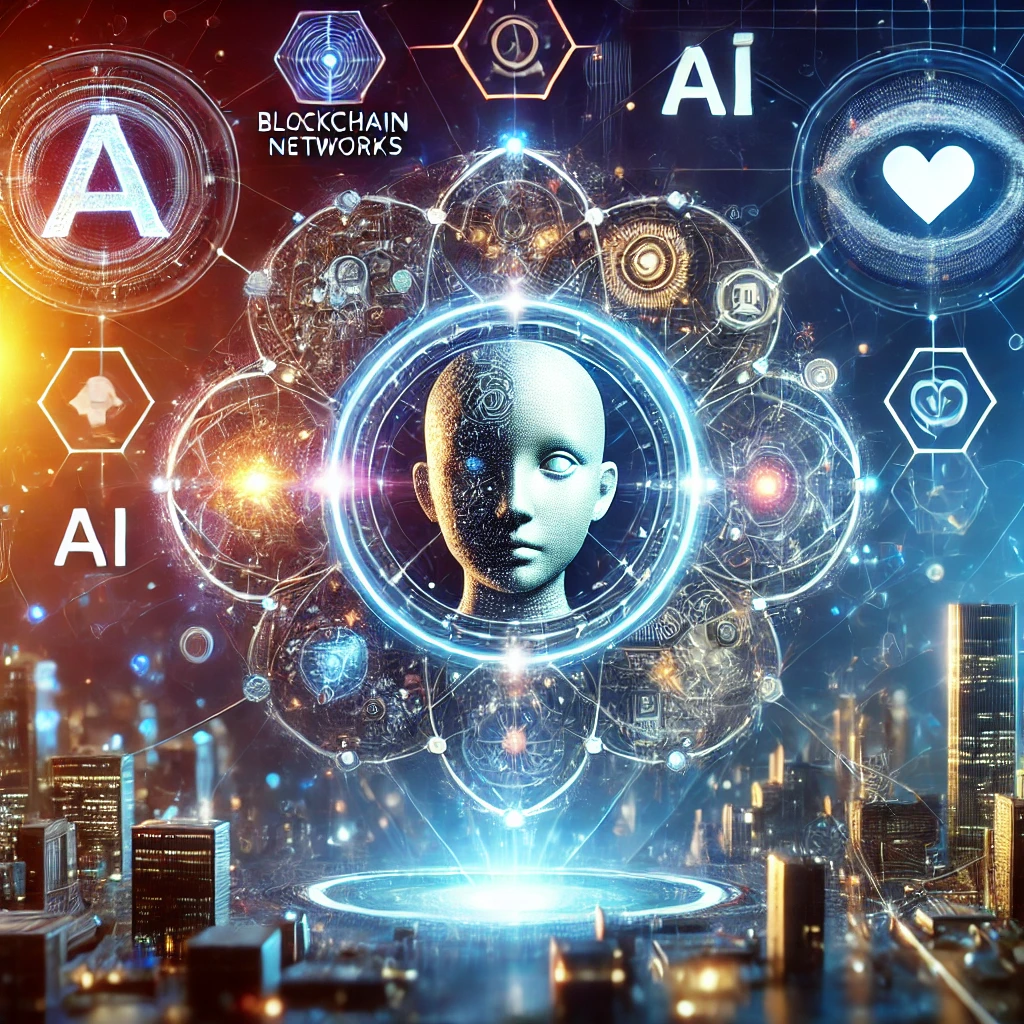
Web3 and artificial intelligence (AI) are two of the most revolutionary technological advancements in recent history. While Web3 aims to decentralize the internet and give users control over their digital assets, AI seeks to empower machines to perform tasks that require human intelligence. These two technologies are evolving simultaneously, and their intersection holds tremendous potential for reshaping industries, transforming how we interact with technology, and driving the next wave of digital innovation.
In this blog, we’ll explore how Web3 and AI are converging, the benefits of combining these technologies, and what the future might hold as they continue to evolve.
What is Web3?
Web3 is the decentralized evolution of the internet, built on blockchain technology. Unlike the centralized model of Web2, where tech companies control user data, Web3 offers a decentralized structure where users have full control over their data, identity, and digital assets.
Some core principles of Web3 include:
- Decentralization: Power is distributed among users, not centralized corporations.
- Ownership: Users own their data and digital assets like cryptocurrencies and NFTs.
- Transparency: Blockchain technology ensures transparency, security, and immutability of transactions.
What is AI?
Artificial intelligence (AI) is the simulation of human intelligence in machines, enabling them to perform tasks like decision-making, problem-solving, language understanding, and pattern recognition. AI algorithms can analyze vast amounts of data, learn from it, and make intelligent predictions or decisions based on that information.
Key applications of AI include:
- Natural Language Processing (NLP): AI enables machines to understand and generate human language.
- Machine Learning (ML): AI models learn from data and improve their performance over time.
- Automation: AI can automate repetitive tasks, optimize workflows, and assist with decision-making.
The Convergence of Web3 and AI
At first glance, Web3 and AI may seem like separate technologies, but their combination opens up exciting possibilities. The decentralized nature of Web3, combined with the intelligence of AI, creates new opportunities for applications across industries.
Here are some ways in which Web3 and AI are converging:
- Decentralized AI Models In Web2, AI models are typically developed and controlled by large corporations, with users having limited access to the underlying data or algorithms. In a Web3 world, AI models could be decentralized and made accessible to everyone. With blockchain technology, AI models can be distributed across a decentralized network, allowing users to collectively contribute data, train models, and share the benefits of AI without relying on centralized authorities.
For example, decentralized AI marketplaces like SingularityNET allow users to build, share, and monetize AI services on the blockchain. This fosters innovation by democratizing access to AI tools and creating a more open, collaborative AI ecosystem.
- Enhanced Privacy and Security One of the most significant challenges in AI development is ensuring privacy and data security, especially when dealing with sensitive information. Web3’s decentralized infrastructure can help address these concerns by enabling AI models to operate on blockchain networks, where user data is encrypted, private, and controlled by individuals.
With blockchain, AI systems can process data in a decentralized and secure manner, reducing the risks of data breaches and centralized misuse of information. This could enable AI applications in sensitive fields like healthcare, finance,
Leave a Reply